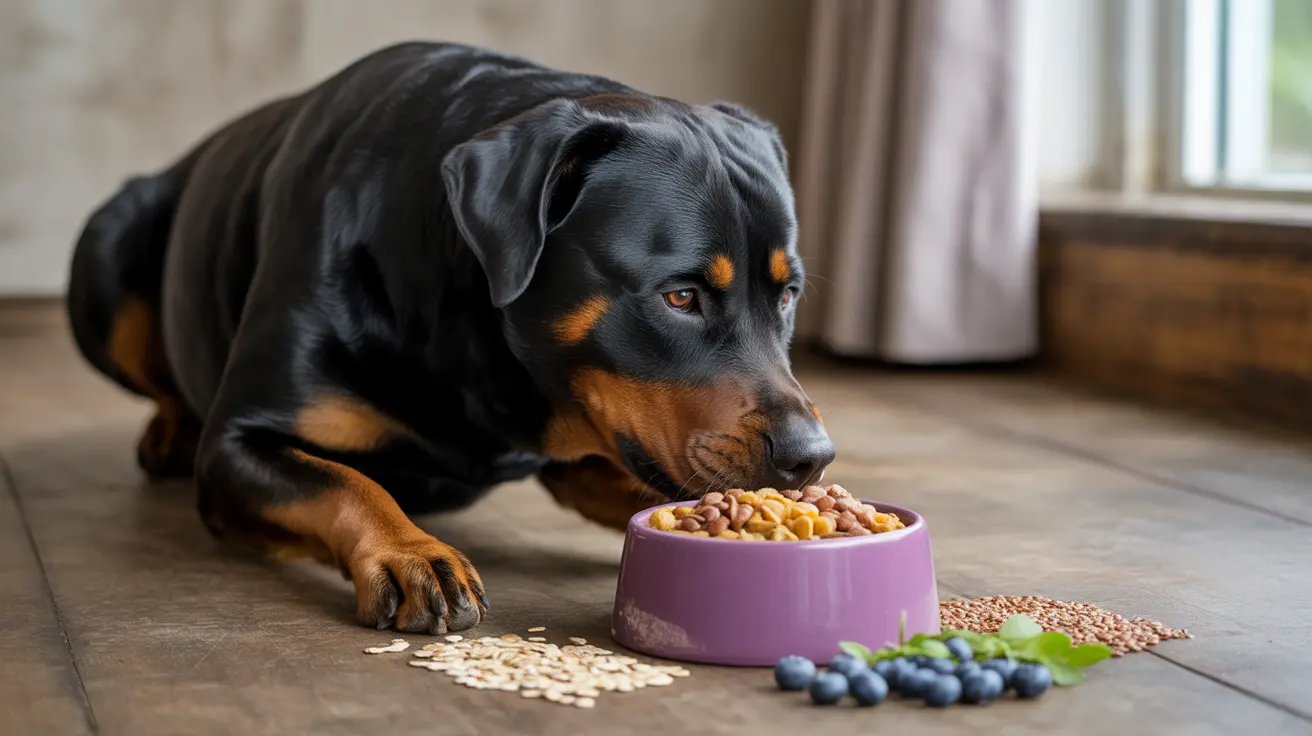The Most Toxic Foods for Dogs: What Pet Owners Must Avoid
We all love treating our furry friends, but not all human foods are safe for dogs. While many items may be harmless to us, they can be toxic — and even lethal — to pets. It’s essential to understand what is the most toxic thing dogs can eat.
1. Xylitol – The Silent Killer
Xylitol is a sugar substitute often found in sugar-free gum, candy, baked goods, and even peanut butter. While it's harmless to humans, it is extremely harmful to dogs.
- Effect: Causes a rapid release of insulin in dogs
- Symptoms: Vomiting, lethargy, loss of coordination, seizures
- Outcomes: Hypoglycemia (low blood sugar), liver failure, and potentially death
If your dog ingests anything containing xylitol, seek emergency veterinary care immediately.
2. Chocolate
Chocolate contains theobromine and caffeine, both of which are toxic to dogs. Dark chocolate is more dangerous than milk chocolate.
- Symptoms: Vomiting, diarrhea, rapid breathing, increased heart rate, seizures
- Doses: Just a small amount can trigger symptoms in small breeds
3. Grapes and Raisins
Grapes and raisins can be deadly to dogs, even in small quantities.
- Symptoms: Vomiting, lethargy, loss of appetite, kidney failure
- Warnings: Even one or two grapes can be dangerous
4. Onions and Garlic
Allium vegetables, such as onions, garlic, and leeks, can cause oxidative damage to dogs' red blood cells, leading to anemia.
- Symptoms: Weakness, vomiting, breathing difficulties, pale gums
- Forms: Raw, cooked, powdered, or dehydrated onion and garlic are all toxic
5. Macadamia Nuts
Macadamia nuts are particularly toxic to dogs and can cause significant physical distress.
- Symptoms: Weakness, tremors, vomiting, fever, depression, lack of coordination
6. Alcohol
Alcohol affects dogs much more severely than humans.
- Symptoms: Disorientation, vomiting, seizures, respiratory failure
- Risk: Even small amounts can be fatal
7. Cooked Bones
Cooked bones can splinter and cause choking or internal damage.
- Dangers: Perforation of the digestive tract, obstructions, broken teeth
8. Moldy Foods
Moldy food can contain mycotoxins, triggering neurological symptoms in dogs.
- Symptoms: Tremors, convulsions, drooling, vomiting
9. Caffeine
Caffeine is found in coffee, tea, energy drinks, and some medications.
- Symptoms: Hyperactivity, rapid heart rate, muscle tremors, seizures
10. Almonds (and other nuts)
Almonds are not inherently toxic like xylitol or macadamia nuts, but they pose physical and digestive risks.
- Risks: Choking, intestinal blockages, pancreatitis, especially in small dogs
- Variants: Flavored or salted almonds are even more hazardous due to sodium content
Preventing Accidental Ingestion
To keep your dog safe, practice good food safety:
- Never leave food unattended
- Store snacks securely and out of reach
- Educate family members and guests
- Use pet-safe treats and monitor unfamiliar foods closely
What To Do If Your Dog Eats Toxic Food
If you suspect your dog has consumed something toxic:
- Identify the food and how much was eaten
- Call your veterinarian or a pet poison helpline immediately
- Don’t induce vomiting unless instructed
- Monitor for symptoms such as vomiting, fatigue, tremors, or collapse
Safer Alternatives for Treats
Instead of toxic foods, treat your dog with:
- Carrots
- Green beans
- Apple slices (no seeds)
- Plain pumpkin
- Commercial dog treats vetted by a vet
Conclusion
The most toxic thing a dog can eat is xylitol, followed closely by chocolate, grapes, and certain nuts. Knowing these dangers and properly managing food safety at home helps ensure your canine companion lives a long and healthy life. Always consult your vet if you're unsure about any food item your dog has ingested.





